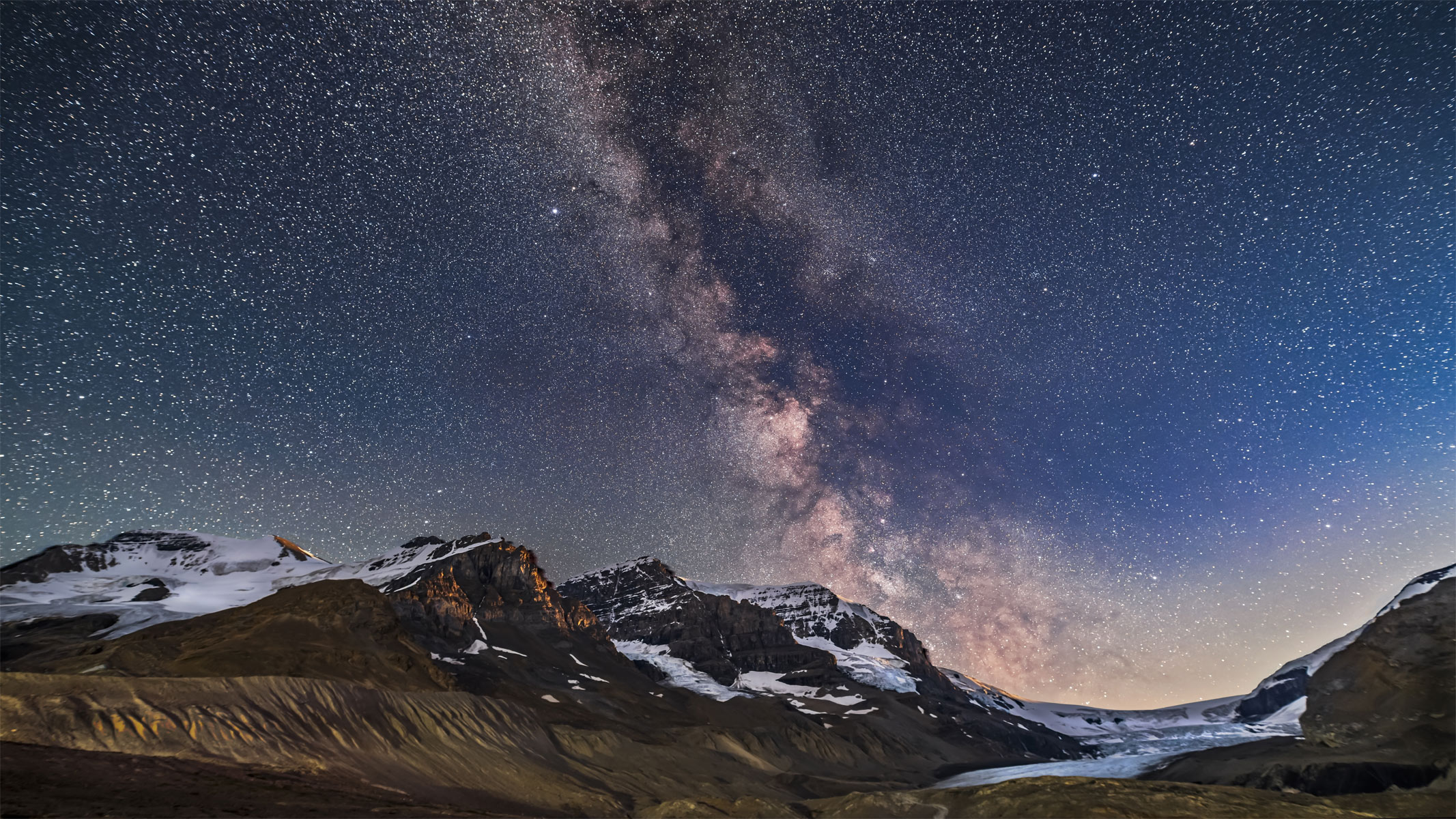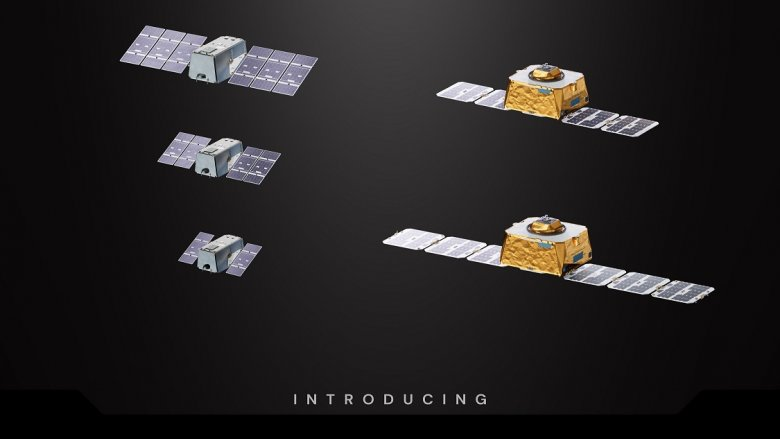Partial solar eclipse March 2025: Everything you need to know
Get ready for a deep partial solar eclipse on March 29, 2025, which will occur at sunrise in North America and mid-morning across Europe.
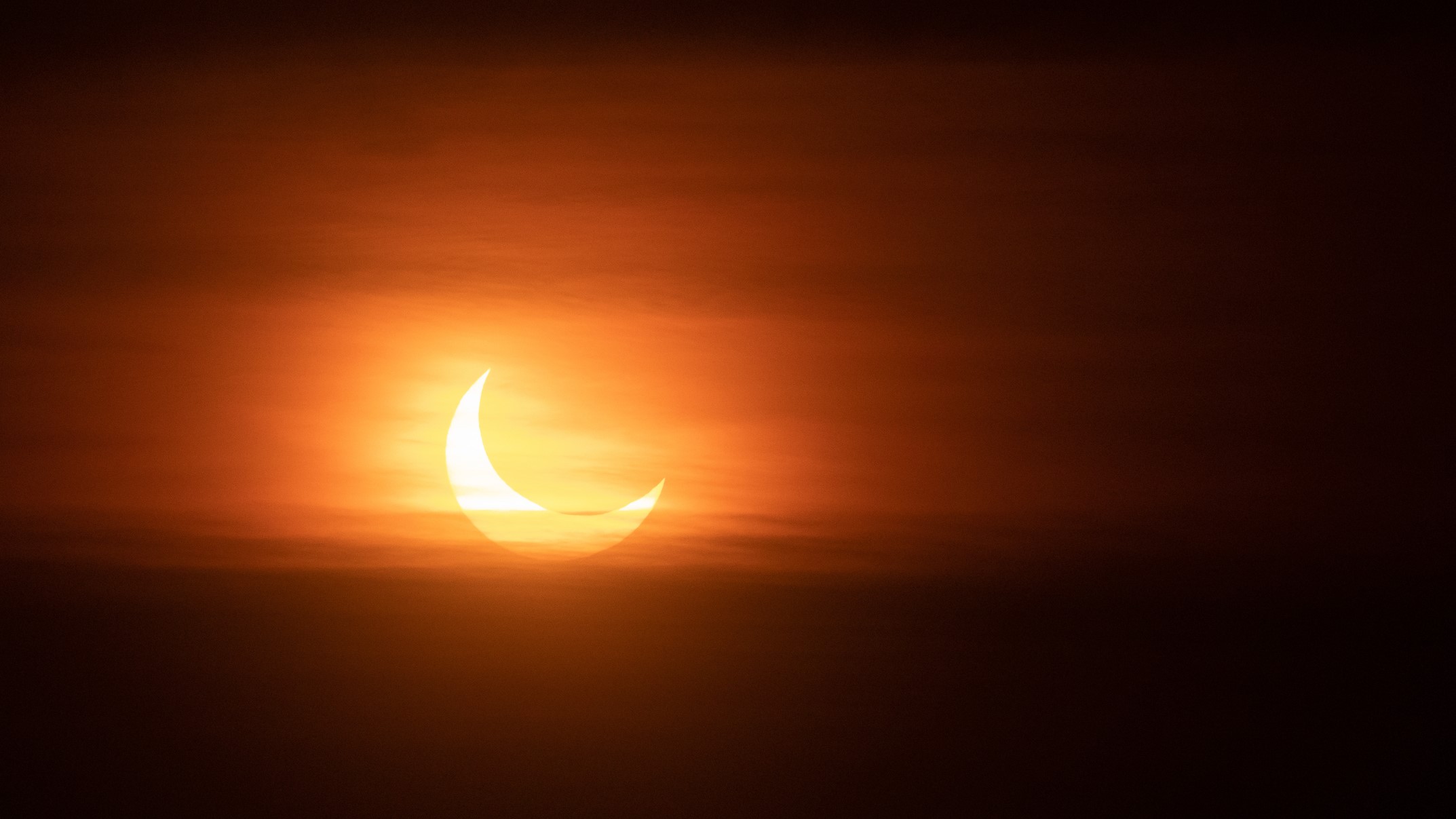
On Saturday, March 29, 2025, a deep partial solar eclipse will be visible from the Northern Hemisphere.
Although the moon's central shadow will miss Earth and there will be no totality, it will still be a relatively major solar eclipse.
Although much of Europe will see a big partial solar eclipse, the best views will be for those in extreme eastern regions of North America, where an eclipsed sun will appear on the eastern horizon at sunrise if skies are clear.
What time is the March 29, 2025, partial solar eclipse?

As this interactive Google Map shows, as much as 94% of the sun will be blocked by the moon in an event lasting from 08:50 to 12:43 UTC (4:50 a.m. to 8:43 a.m. EDT) on March 29, 2025. According to Time and Date, 814 million people will be in the path of some kind of partial solar eclipse — even if it's just a slither of the sun blocked by the moon — but only 44,800 will see a 90% or deeper eclipse (all in far northern Quebec, the only location where such a deep eclipse will be visible).
During a partial solar eclipse, it is NEVER safe to look directly at the sun without solar eclipse glasses designed for solar viewing. Read our guide on how to observe the sun safely.
March 29, 2025, solar eclipse path in North America
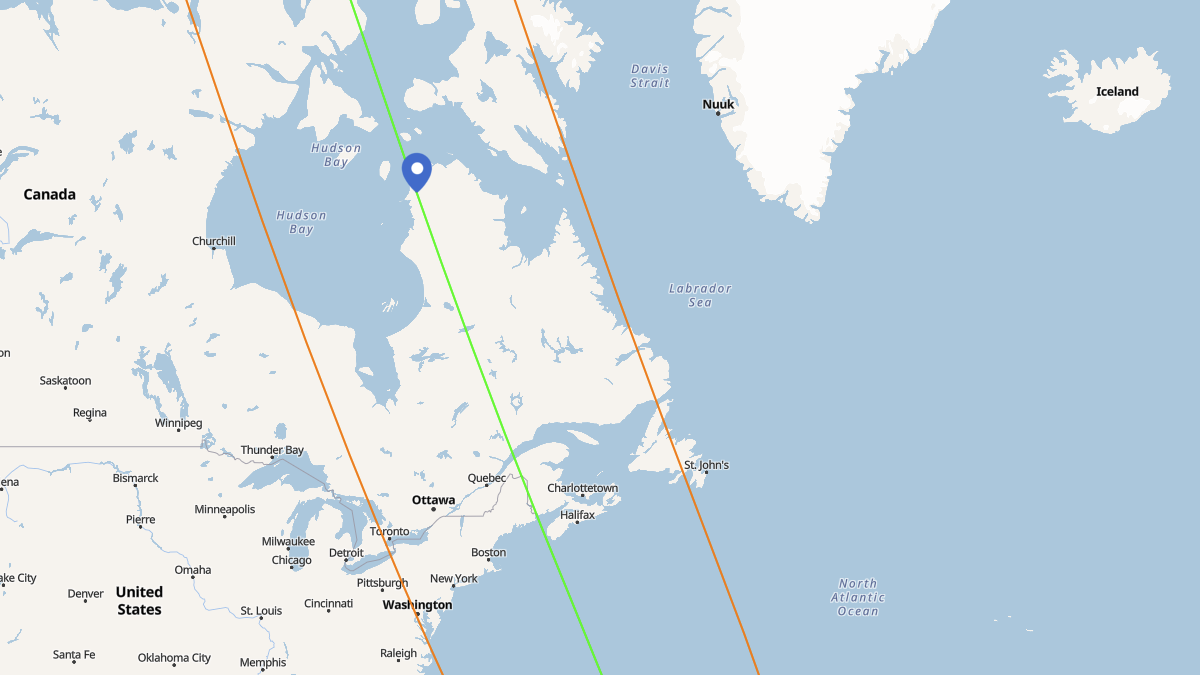
Although it won't be as dramatic as the total solar eclipse on April 8, 2024, the deep partial eclipse already underway as the sun rises on March 29, 2025, will be a spectacular event.
It will be best seen from New Brunswick and far northern Quebec in Canada, as well as from Maine, from where a crescent sun will rise such that two separate solar "horns" will appear momentarily on the eastern horizon. To mark the event, Cliff Valley Astronomy is hosting Sky Experience II: The Rising Sun Eclipse Experience & Retreat in St. Andrews, New Brunswick, where an 83% eclipsed sun will rise in the east at sunrise.
Related: Why I'm going to New Brunswick, Canada, to see next week's 'sunrise' solar eclipse
March 29, 2025, solar eclipse path in Europe
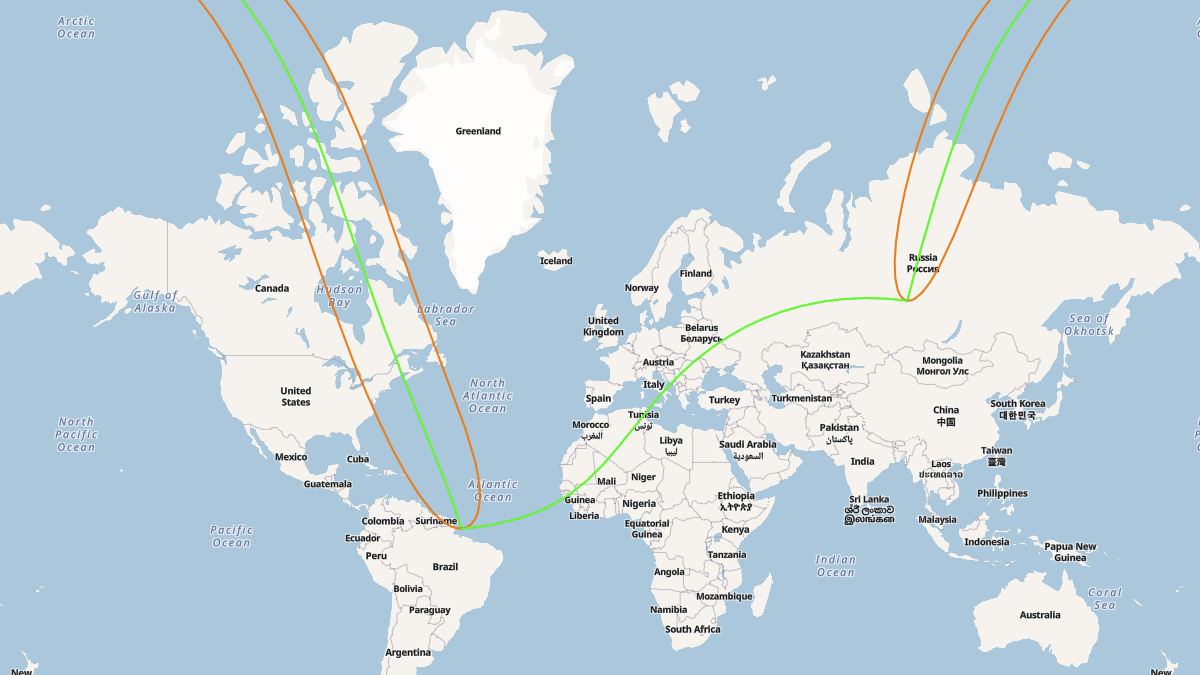
Central and Western Europe, as well as northwestern Russia, will see a partial eclipse. The farther northwest you go, the bigger the "bite" from the sun will be.
The west coast of Greenland will see up to an 86% eclipse according to Time and Date, while Iceland's Westfjords will max out at 70%. The British Isles will see a relatively deep eclipse, including Dublin; (41%), Cardiff, Wales (34%); London (30%); and Edinburgh, Scotland (40%). Northern Norway will see about 38%, but for the rest of Europe and Russia, it's a smaller eclipse, with Paris seeing 23%, Berlin 15% and Moscow just 2%.
Southeast of Germany, it's a relative nonevent. The eclipse finishes just before sunset, as seen from the (uninhabited) Severnaya Zemlya, a Russian archipelago of usually ice-packed Arctic islands. Coincidentally, Severnaya Zemlya is precisely where the planet's next solar eclipse — a total solar eclipse on Aug. 12, 2026 — also ends at sunset.
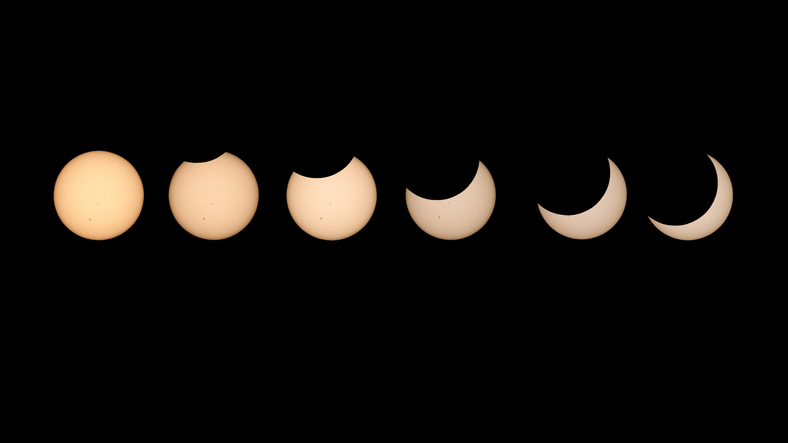
March 29, 2025, solar eclipse path in Northwest Africa
Africa and Russia will be touched by this eclipse, but barely. In Africa, Morocco, Western Sahara, Tunisia, Algeria, Mauritania, Mali, Senegal, The Gambia and Guinea-Bissau will see some eclipse. The northwest coast of the continent — Morocco, in particular — will be the best place to view the event, with El Jadida, just southwest of Casablanca, seeing the biggest partial eclipse in Africa, at 18%. Tangier will see 17%, Marrakesh 15% and Fez 14%.
After March 29, 2025, when is the next partial solar eclipse?
Here are the dates and locations for the next partial solar eclipses:
- Sept. 21, 2025: Tasmania (Australia), New Zealand, the South Pacific and Antarctica
- Jan. 14, 2029: North America, Central America and Greenland
- June 12, 2029: Alaska, northern Canada, Iceland and northern Scandinavia
- July 11, 2029: Patagonia (Chile and Argentina) and the Antarctic Peninsula
- Dec. 5, 2029: Antarctica and far southern Patagonia (Chile and Argentina)
Additional resources
Want to look further ahead? You can find a concise summary of solar eclipses out to 2030 on NASA's eclipse website. Read more about solar and lunar eclipses on EclipseWise.com, a website dedicated to eclipse predictions. See beautiful maps on eclipse cartographer Michael Zeiler's GreatAmericanEclipse.com and interactive Google Maps on Xavier Jubier's eclipse website. You can find climate and weather predictions by meteorologist Jay Anderson on eclipsophile.com.
Bibliography
- Bakich, M. and Zeiler, M. (2022). Atlas Of Solar Eclipses 2020-2045. https://www.greatamericaneclipse.com/books/atlas-of-solar-eclipses-2020-to-2045
- Jubier, X. (n.d.). Solar eclipses: Interactive Google Maps. Retrieved Oct. 31, from http://xjubier.free.fr/en/site_pages/SolarEclipsesGoogleMaps.html
- Time and Date. (n.d.). Eclipse Central. Retrieved Oct. 31, 2024, from https://www.timeanddate.com/eclipse/
- Cameron Smith, I. Partial Solar Eclipse of 29 Mar, 2025 AD. Retrieved Oct. 31, 2024, from https://moonblink.info/Eclipse/eclipse/2025_03_29
Join our Space Forums to keep talking space on the latest missions, night sky and more! And if you have a news tip, correction or comment, let us know at: community@space.com.
Get the Space.com Newsletter
Breaking space news, the latest updates on rocket launches, skywatching events and more!

Jamie is an experienced science, technology and travel journalist and stargazer who writes about exploring the night sky, solar and lunar eclipses, moon-gazing, astro-travel, astronomy and space exploration. He is the editor of WhenIsTheNextEclipse.com and author of A Stargazing Program For Beginners, and is a senior contributor at Forbes. His special skill is turning tech-babble into plain English.
You must confirm your public display name before commenting
Please logout and then login again, you will then be prompted to enter your display name.







